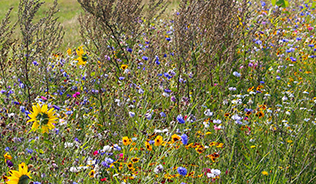Radon is a naturally occurring radioactive gas which can't be seen, smelt or tasted. Radon is present all over the UK, but there can be higher levels found in certain areas. It is an important issue for professionals working in land condition, as buildings in higher risk areas can accumulate radon indoors with resultant health impacts. It is important that radon risk is therefore properly managed through appropriate measurement and mitigation actions.
This forum featured three expert speakers exploring the issue of radon in relation to contaminated land and buildings. They explored how radon levels can be assessed, as well as the regulations for buildings in the UK in relation to radon and best practice in managing it. The speakers presented on the following:
- A very brief overview of radon protection in UK buildings, John Naylor - A quick introduction to radon, what it is, where it is from and what it does. This overview covers UK good practice for new builds and explores current regulator requirements.
- Radon – should assessment be the same as any other ground gas?, Steve Wilson - An exploration of whether the UK approach of using Radon Maps is still fit for purpose. This presentation explores how other countries approach radon investigation and mitigation assessment and how it could be adopted for use in the UK.
- Addressing radon in basements in low risk areas: A London Borough’s view, Robert Tyler - An outline of Kensington and Chelsea Council’s journey to highlight and address the issue of radon in basements. Currently, the building industry tends not to considers radon in basements in areas that are considered to represent a lower risk to occupiers' health (as shown on Health Security Agency (previously Public Health England) radon maps). Approved Document C and BR211 guidance suggests that in basements, while radon levels in low risk areas of the county are comparatively low, a residual risk may still exist which could be significant in some cases. The presentation sets out the Council’s developing approach, the factors and monitoring data considered and likely way forwards.





